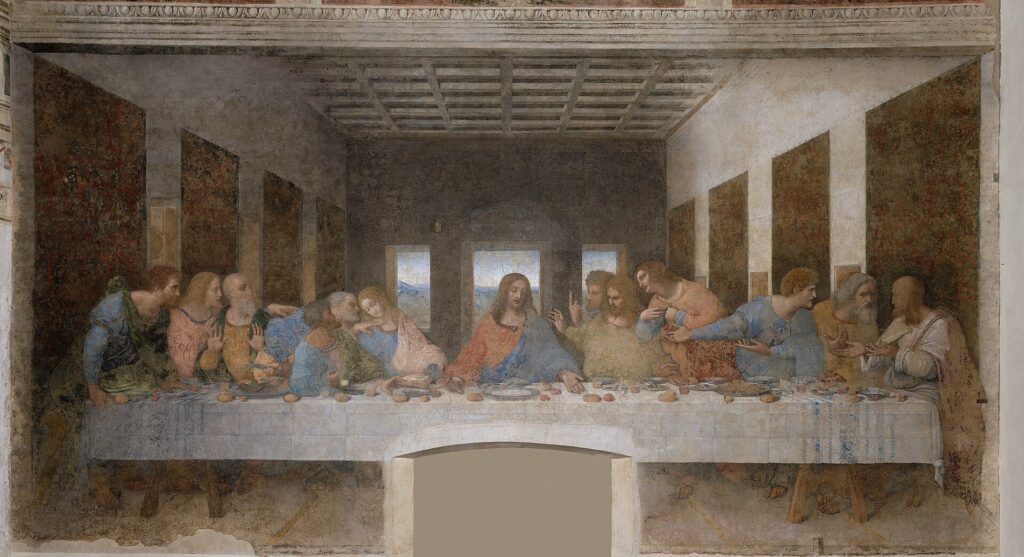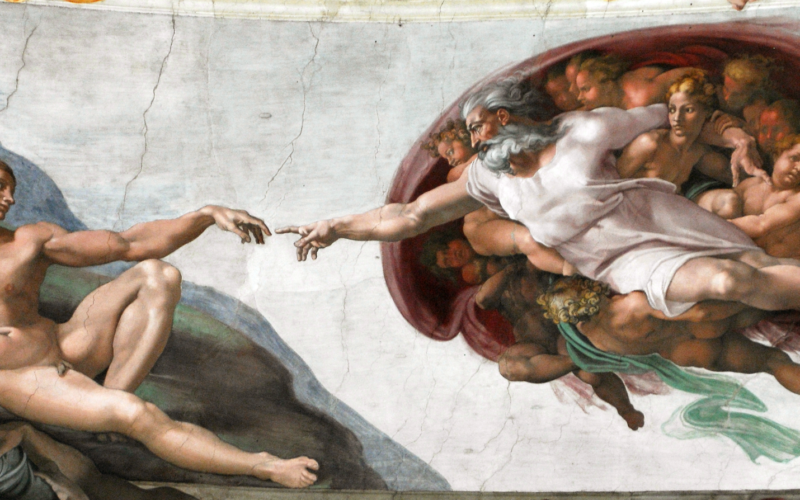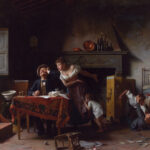Throughout history, art has been a powerful medium for expression and communication. It has the ability to inspire, evoke emotions, and even change the world. In this article, we will explore 10 significant works of art that have left an indelible mark on the history of art and society.
"Sistine Chapel" by Michelangelo
An undisputed masterpiece by Michelangelo, the Sistine Chapel represents a milestone in art history. Created between 1508 and 1512, the frescoed ceiling is a testament to Michelangelo’s artistic mastery and his innovative use of perspective and movement.
Michelangelo revolutionized the way human figures are represented, conveying a sense of power and drama through contorted poses and exaggerated musculature. His depiction of God and man in the famous panel “The Creation of Adam” highlights the importance of individuality and human experience, a central theme of the Renaissance.
This work not only changed the way subsequent artists would approach the representation of the human and the divine but also influenced how the Church and society as a whole viewed art as a means to express and communicate religious concepts.
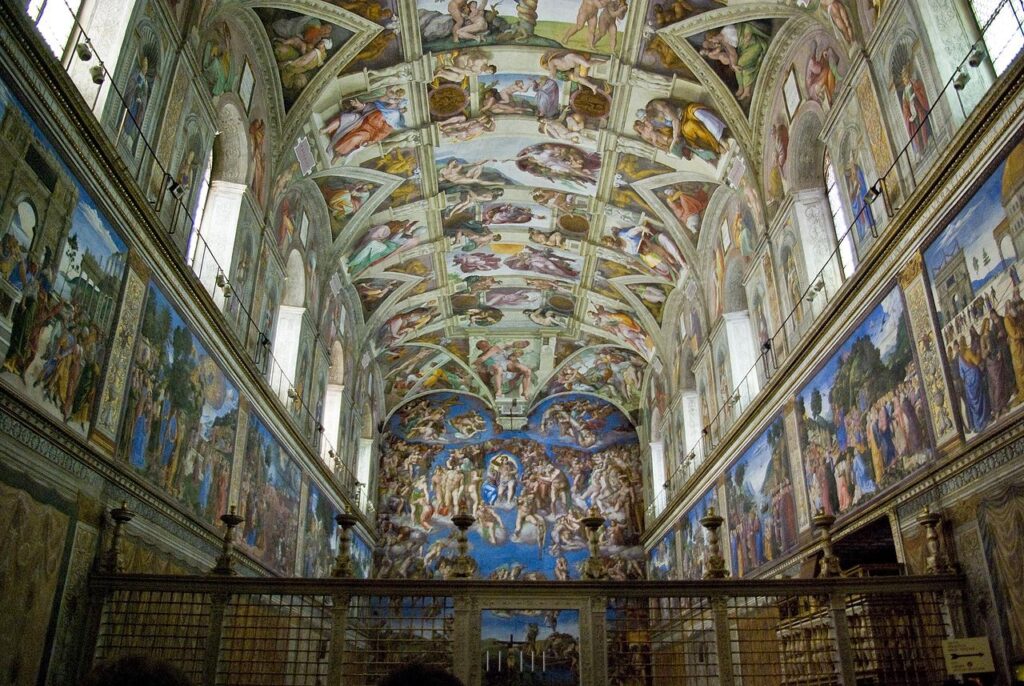
"Guernica" by Pablo Picasso
Picasso’s Guernica is a powerful political tool and one of the most influential artworks of the 20th century. Created in 1937 in response to the bombing of the Basque town of Guernica during the Spanish Civil War, the work depicts the horror and violence of war in an unprecedented manner.
Picasso abandons realistic representation for a distorted and fragmented visual language, reflecting the chaos and destruction of the bombing. His choice to use only black and white evokes the atmosphere of newspapers and news, making the work an immediate and universal account of the tragedy of war.
Guernica had a significant impact on how artists represent war and violence. It influenced not only painters but also inspired photographers, filmmakers, and writers, becoming a universal symbol of protest against war.
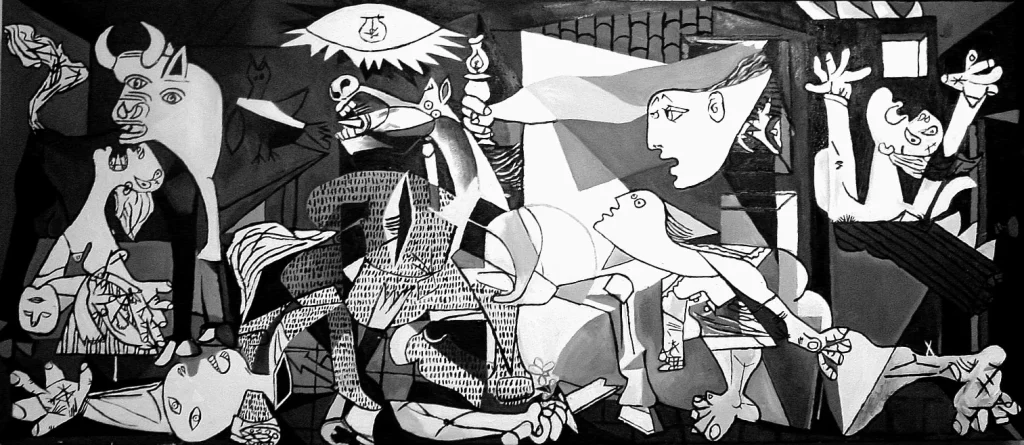
"The Scream" by Edvard Munch
Painted between 1893 and 1910, “The Scream” is perhaps the most famous work of Norwegian artist Edvard Munch and one of the most iconic images of modern art. The work depicts an individual in the throes of torment, with a chaotic and distorted landscape responding to his cry.
“The Scream” is considered a cornerstone of Expressionism, an artistic movement that emphasizes subjective experiences rather than objective reality representation. Munch’s work takes this concept to the extreme, with vivid colors and sinuous lines conveying an intense sense of anguish and disorientation.
The influence of “The Scream” extends well beyond Expressionism. The image of the screaming man has been replicated countless times in popular culture, becoming a universal symbol of despair and anxiety in the modern era.
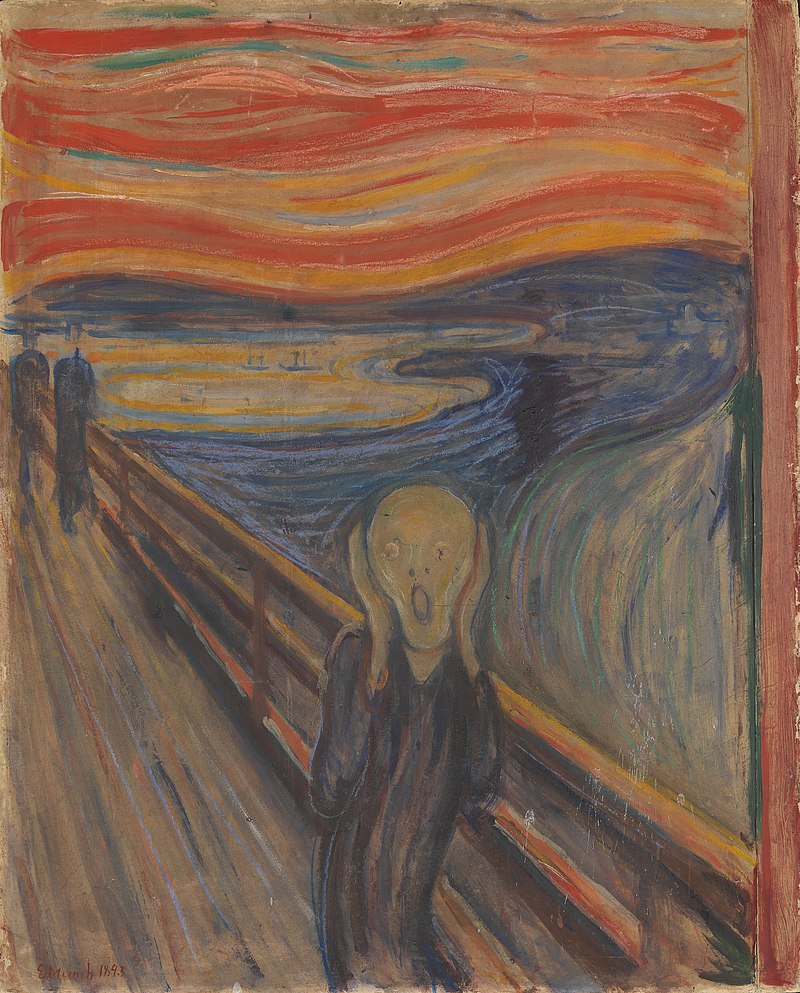
"Les Demoiselles d'Avignon" by Pablo Picasso
Completed in 1907, Les Demoiselles d’Avignon is a fundamental work in the evolution of modern art. Picasso breaks with past conventions, depicting five nude figures with distorted, angular geometric forms.
This work marks Picasso’s departure from traditional perspective and the beginning of his exploration of Cubism, a movement that would radically change the course of 20th-century art. Les Demoiselles d’Avignon also represents a drastic departure from traditional ways of representing the female nude, transforming the figures into abstract and decomposed forms.
The fundamental role of Les Demoiselles d’Avignon in the evolution of modern art cannot be understated. This work paved the way for new forms of representation and influenced generations of artists, who continued to explore and experiment with the potential of abstraction.
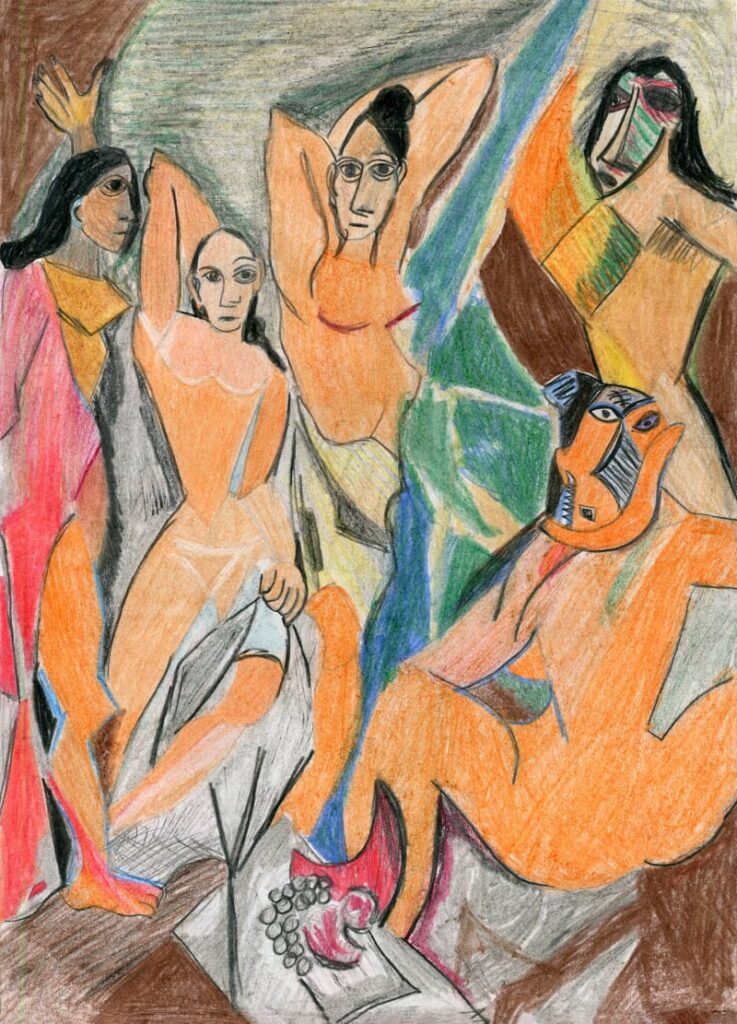
"Mona Lisa" by Leonardo da Vinci
Perhaps the most famous work of art in the world, Leonardo da Vinci’s Mona Lisa, also known as La Gioconda, is a symbol of beauty, mystery, and innovation. Dating from around 1503-1506, the Mona Lisa is famous for its enigmatic smile, sophisticated sfumato, and intricately rendered background.
Leonardo da Vinci used innovative techniques to create an illusion of depth and realism, using a variety of tones and colors to create subtle shadows and lights. These techniques were cutting-edge for the time and helped establish Leonardo as one of the great masters of the Renaissance.
But the Mona Lisa is more than a demonstration of artistic skill. Its direct gaze and ambiguous smile have spurred centuries of speculation and interpretation. It is a work that continues to engage and fascinate, symbolizing the power of art to provoke and inspire.
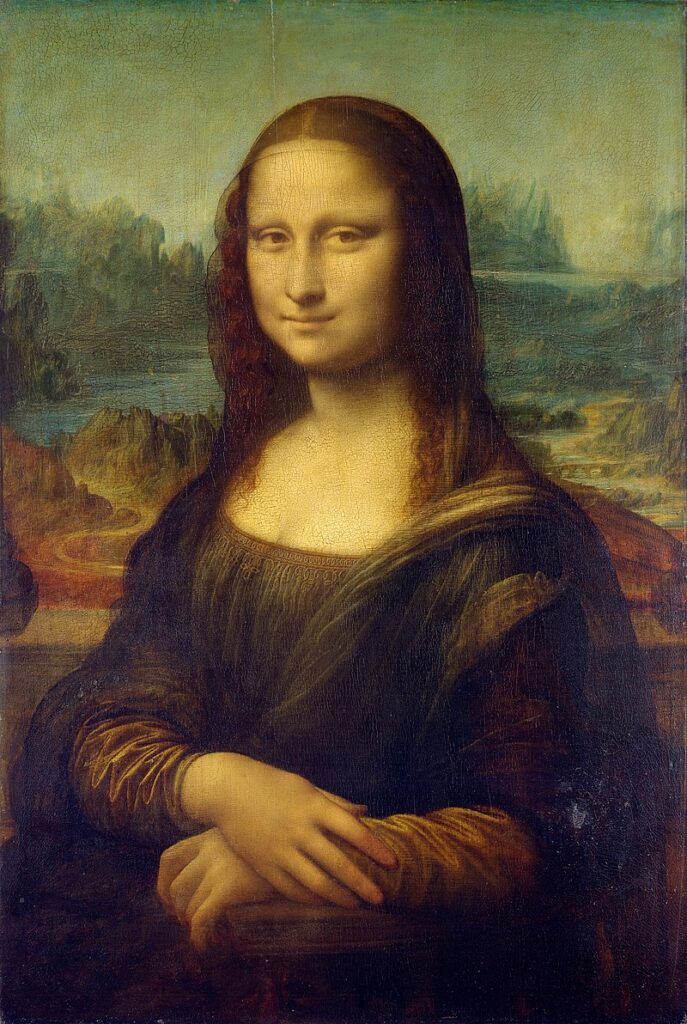
"The Persistence of Memory" by Salvador Dalí
Painted in 1931, The Persistence of Memory is one of Salvador Dalí’s most famous works and an icon of surrealism. The work depicts a desolate landscape populated by clocks that appear to be melting, as if made of wax.
The Persistence of Memory is an explicit representation of the concept of flexible time. Dalí presents a vision of time that is fluid and subjective, challenging conventional notions of linearity and permanence. This surrealistic representation of time reflects the revolutionary theories of 20th-century physics, such as Einstein’s theory of relativity.
Dalí’s work has had a lasting impact on art and culture. The Persistence of Memory influenced a range of artists and thinkers, helping to shape contemporary views of time and reality.
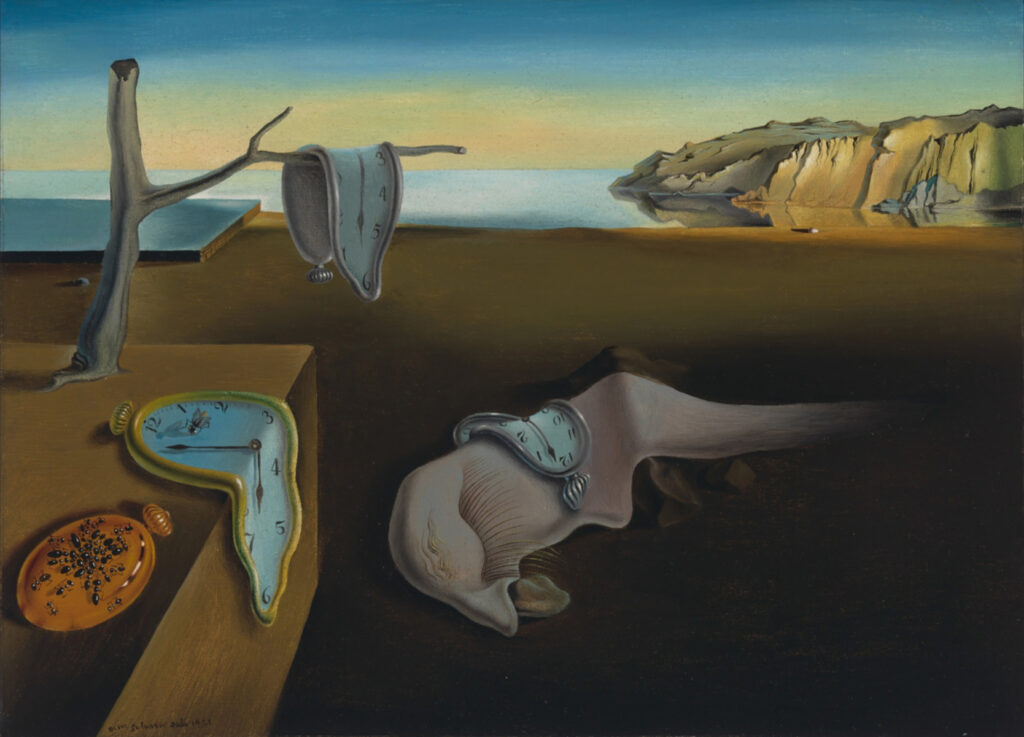
"The Birth of Venus" by Sandro Botticelli
One of the most famous artworks of the Italian Renaissance, Botticelli’s “The Birth of Venus,” painted around 1485–1486, depicts the ancient Roman goddess of love emerging from sea foam on a giant shell.
Botticelli uses bright colors and soft lines to create an idyllic and dreamlike vision of female beauty. Beyond its appealing aesthetics, the work reveals sophisticated use of symbolism. Botticelli synthesizes a variety of mythological, religious, and philosophical themes in this work.
“The Birth of Venus” has had a significant impact on the representation of female idealization in Western art. It is a milestone in the expression of Renaissance Neoplatonism, a philosophical movement that sought to reconcile Platonic idealism with Christian spirituality.
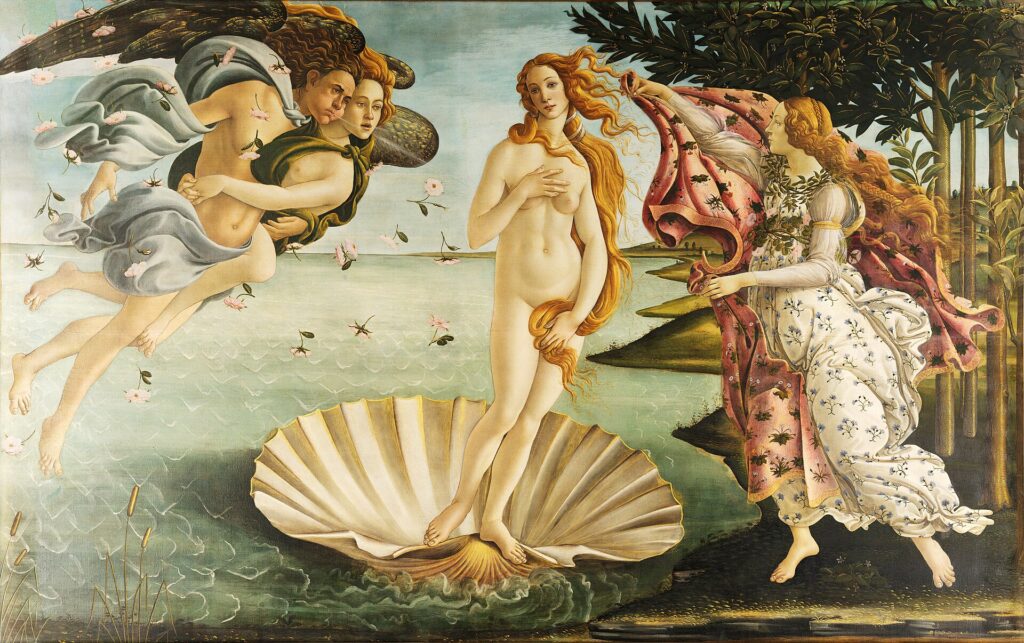
"Self-Portrait" by Frida Kahlo
Frida Kahlo, one of the most famous and beloved artists of the 20th century, revolutionized the genre of self-portraiture, using it to explore themes such as identity, gender, class, and race. Kahlo’s self-portraits, characterized by intense emotional expressiveness, are sometimes surreal, sometimes painfully realistic.
One of her most famous self-portraits, “The Two Fridas” (1939), shows two versions of herself sitting side by side, with exposed hearts and united by a common vessel of blood. This evocative piece, like many of her works, reflects the physical and emotional pain Kahlo experienced in her life.
Kahlo had a significant impact on the art world, challenging conventions on gender and beauty and paving the way for a broader discourse on these themes in society. Her works have become icons of feminism and Mexican nationalism.
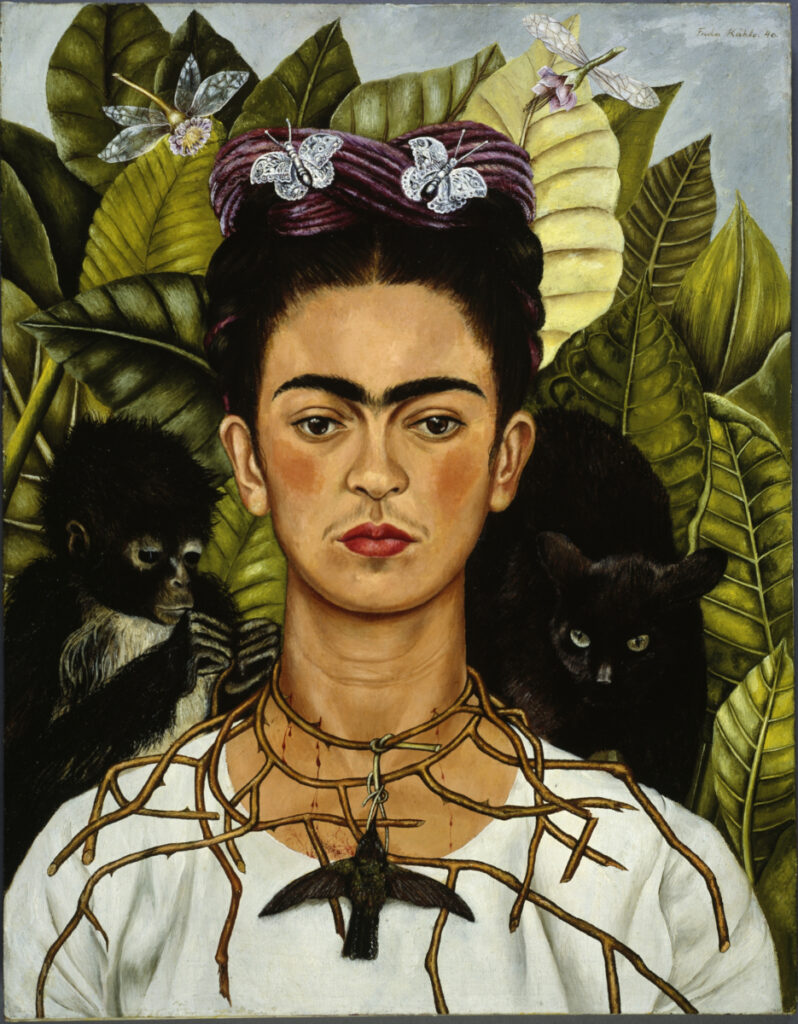
"Fountain" by Marcel Duchamp
Duchamp is considered one of the pioneers of the Dada movement, a 20th-century artistic and literary movement that originated as a response to World War I. Dadaism is distinguished by its critique of logic, reason, and the aesthetics of bourgeois art, considered responsible for the war.
Duchamp’s “Fountain,” an upside-down porcelain urinal signed with the pseudonym “R. Mutt,” is probably one of the most controversial and influential artworks of the 20th century. First presented in 1917 at the Exhibition of the Society of Independent Artists in New York, it was rejected, despite the exhibition rules stating that any work would be accepted as long as the artist paid the entry fee. Duchamp’s provocation challenged the very conventions of art, emphasizing the artist’s intent and the context in which an object is presented as art.
Despite or because of its provocative nature, “Fountain” has had a huge impact on the history of modern and contemporary art. It paved the way for new forms of artistic expression such as conceptual art and ready-made art, and changed the way we think and talk about art. Even today, Duchamp’s works, like “Fountain,” continue to fuel debates about the meaning of art and the role of the artist.
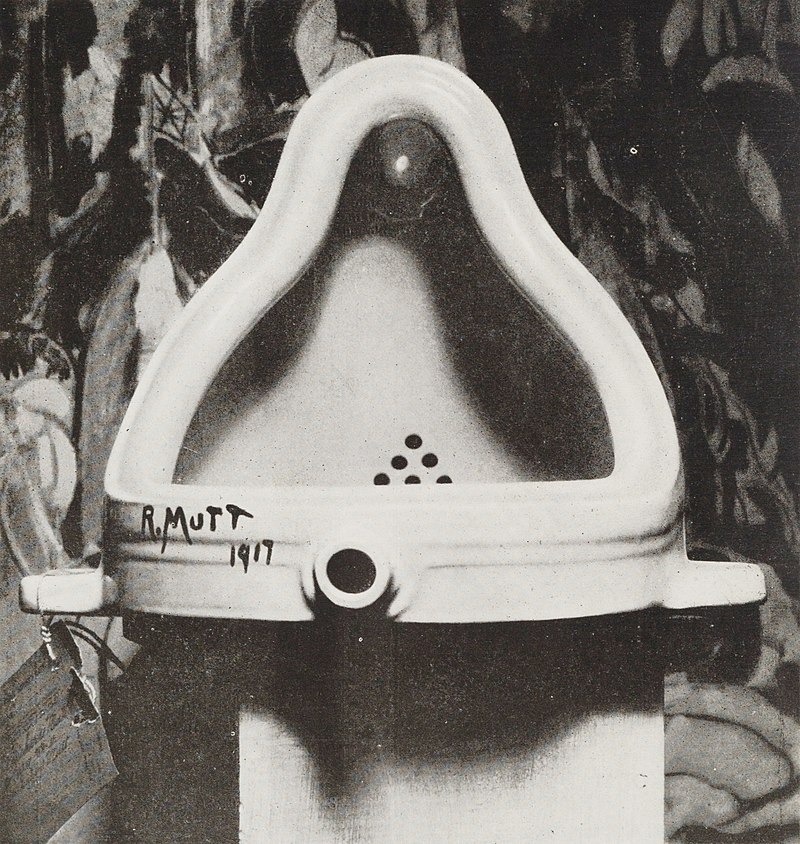
"The Last Supper" by Leonardo da Vinci
Leonardo da Vinci’s renowned work, painted on the wall of the refectory of the convent of Santa Maria delle Grazie in Milan, is undoubtedly one of the most recognizable representations of Christian art. Painted between 1495 and 1498, the work measures approximately 4.6 meters by 8.8 meters and depicts the moment when Christ announces that one of his twelve apostles will betray him.
“The Last Supper” is famous for Leonardo’s innovative technique and the emotional complexity of the figures. Leonardo used an experimental technique to create the work, applying layers of tempera on a double layer of plaster, instead of the traditional fresco technique. This allowed Leonardo to create incredible details and nuances but also made the work extremely fragile.
The painting is also famous for its extraordinary composition and dramaturgy. Leonardo arranged the figures in a way that creates a sense of depth and three-dimensionality, with masterful use of linear perspective. The expression of the apostles’ faces and their arrangement around Christ create a sequence of emotional reactions that increase the impact of the dramatic moment Leonardo wanted to depict.
In addition to its artistic importance, “The Last Supper” has significantly influenced popular culture, with numerous reinterpretations and references in film, music, literature, and contemporary art. Despite the damage and conservation difficulties, “The Last Supper” remains one of the most visited and admired masterpieces of Italian art.
